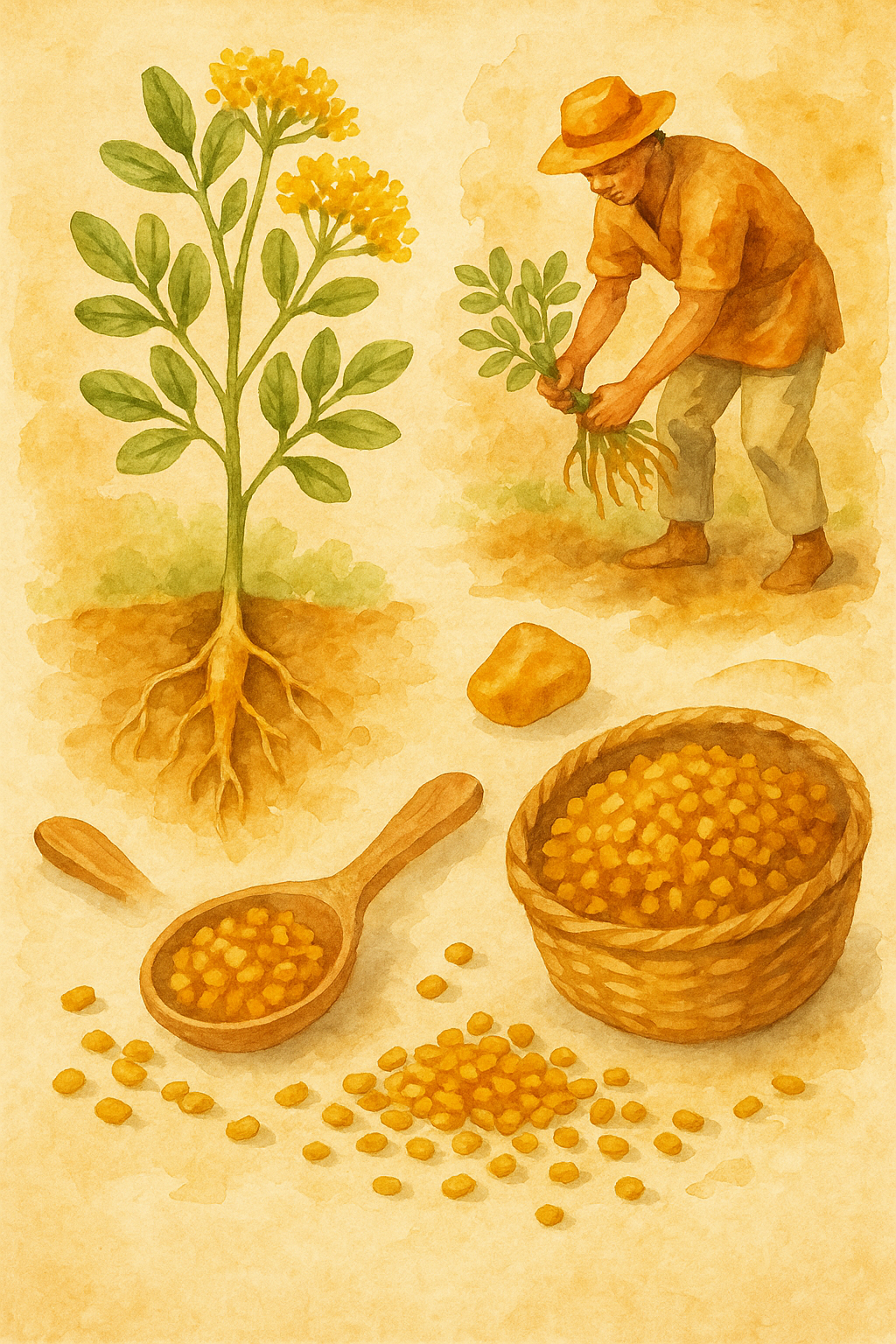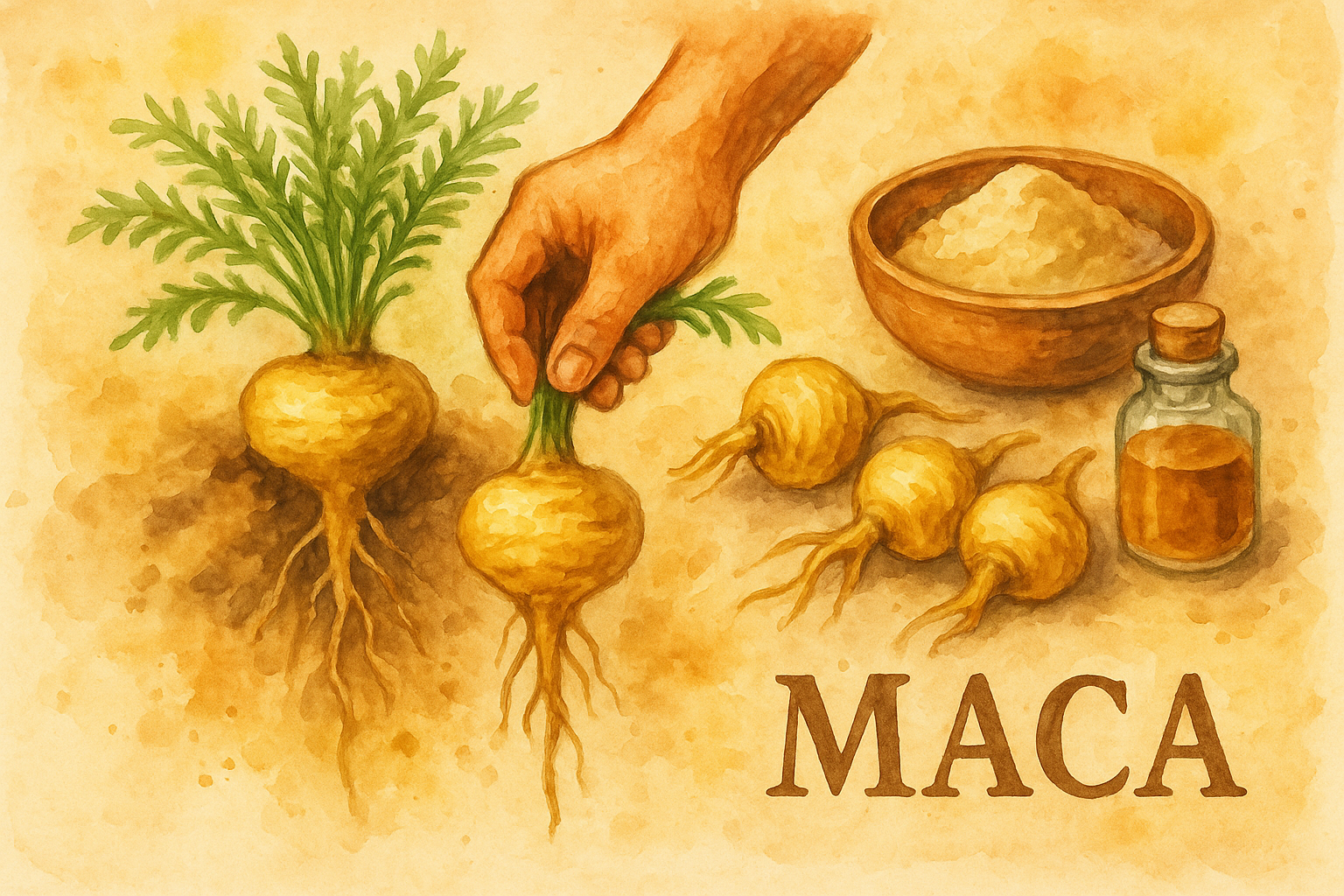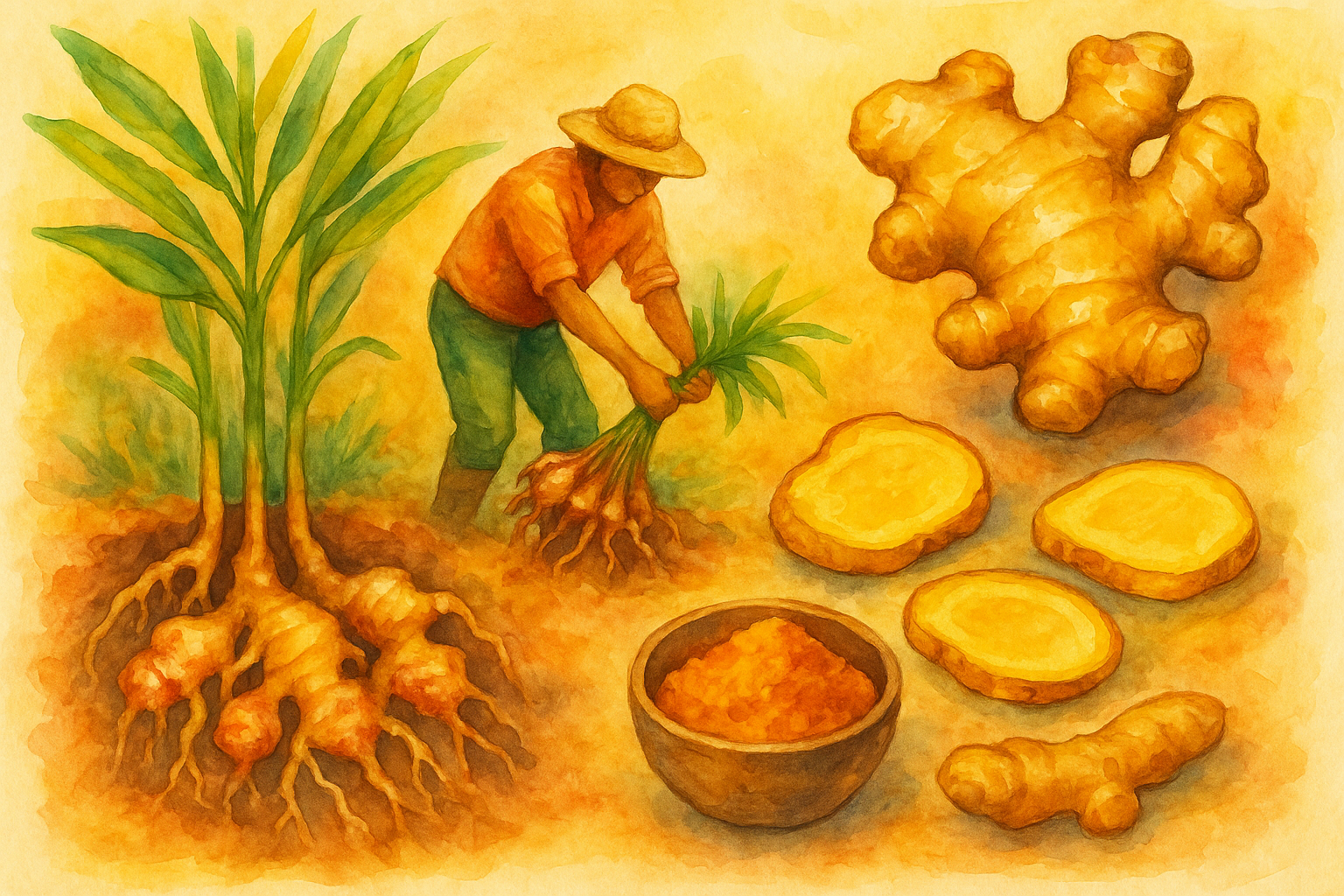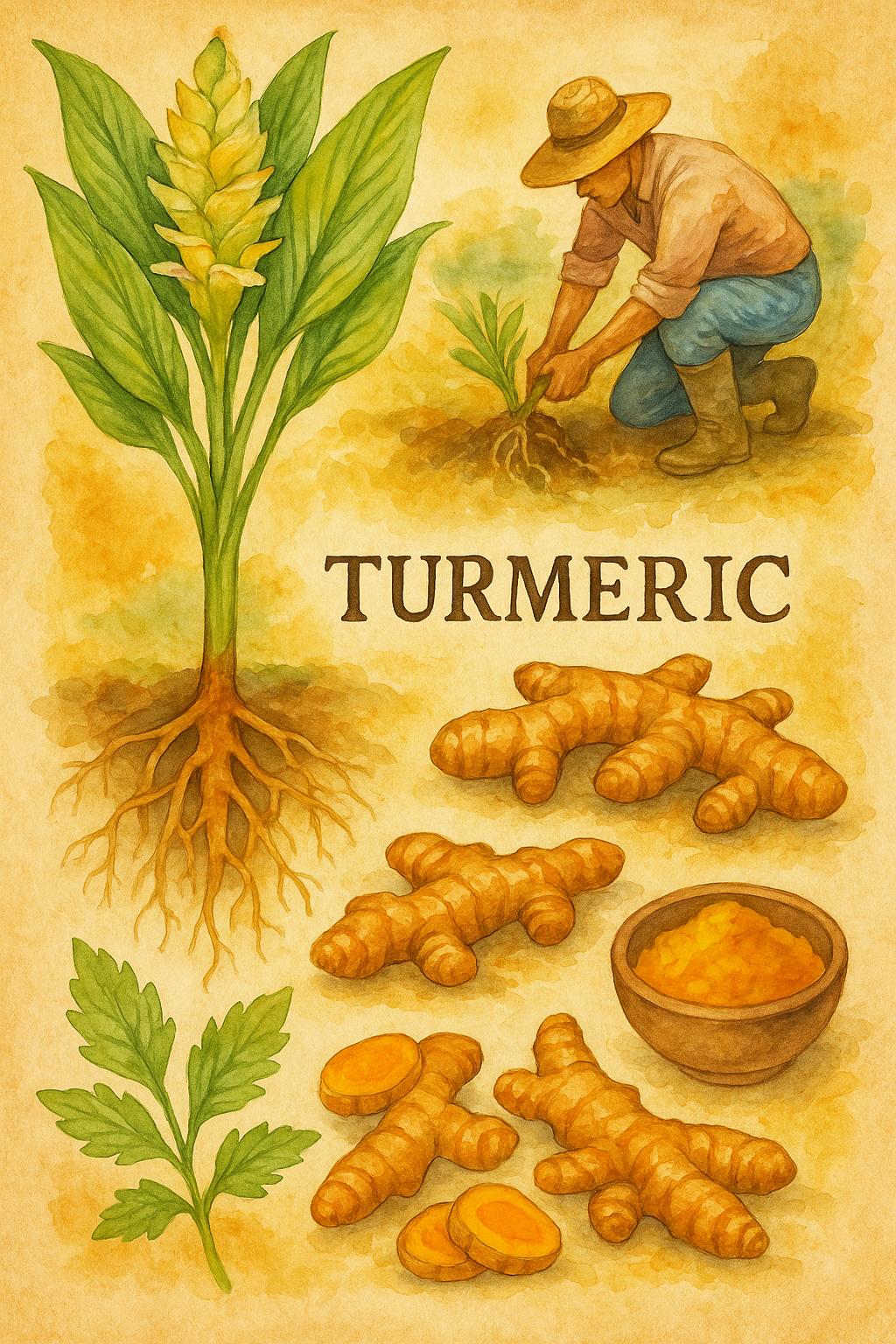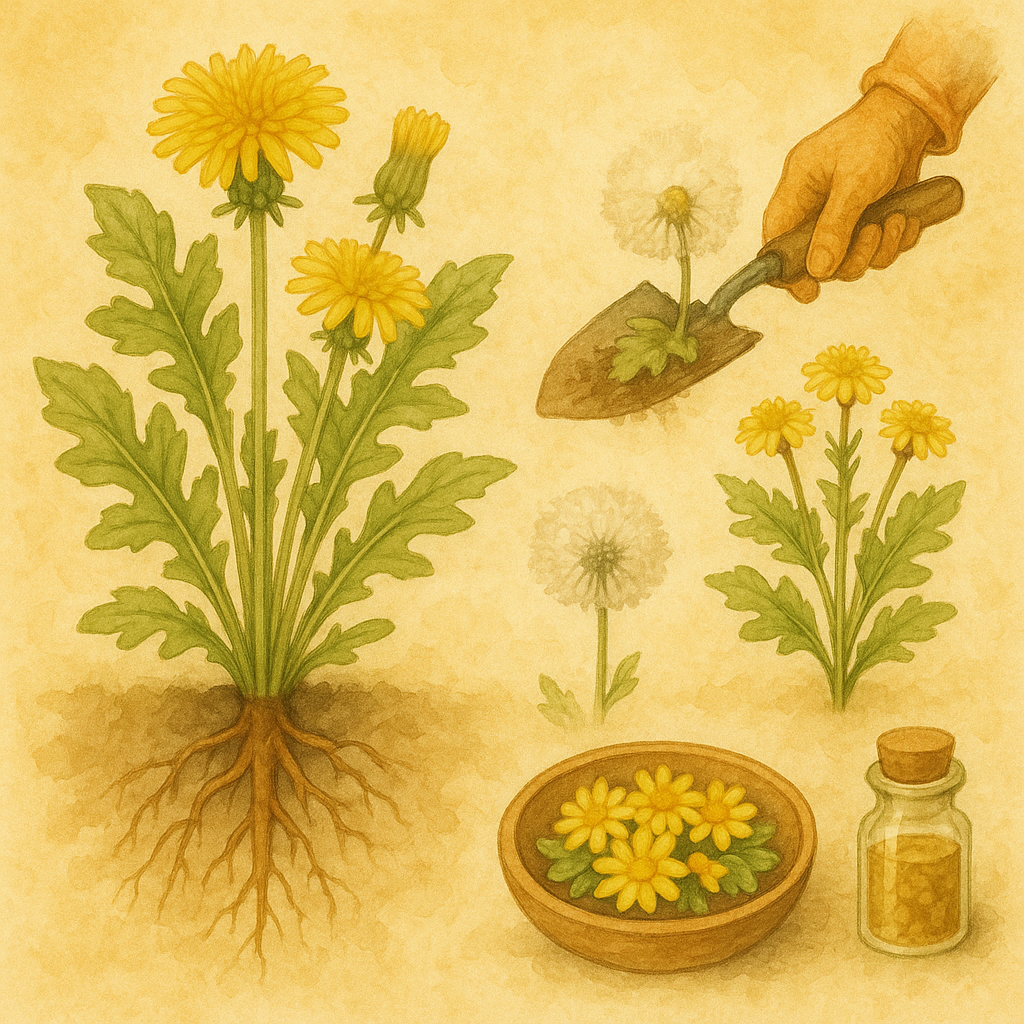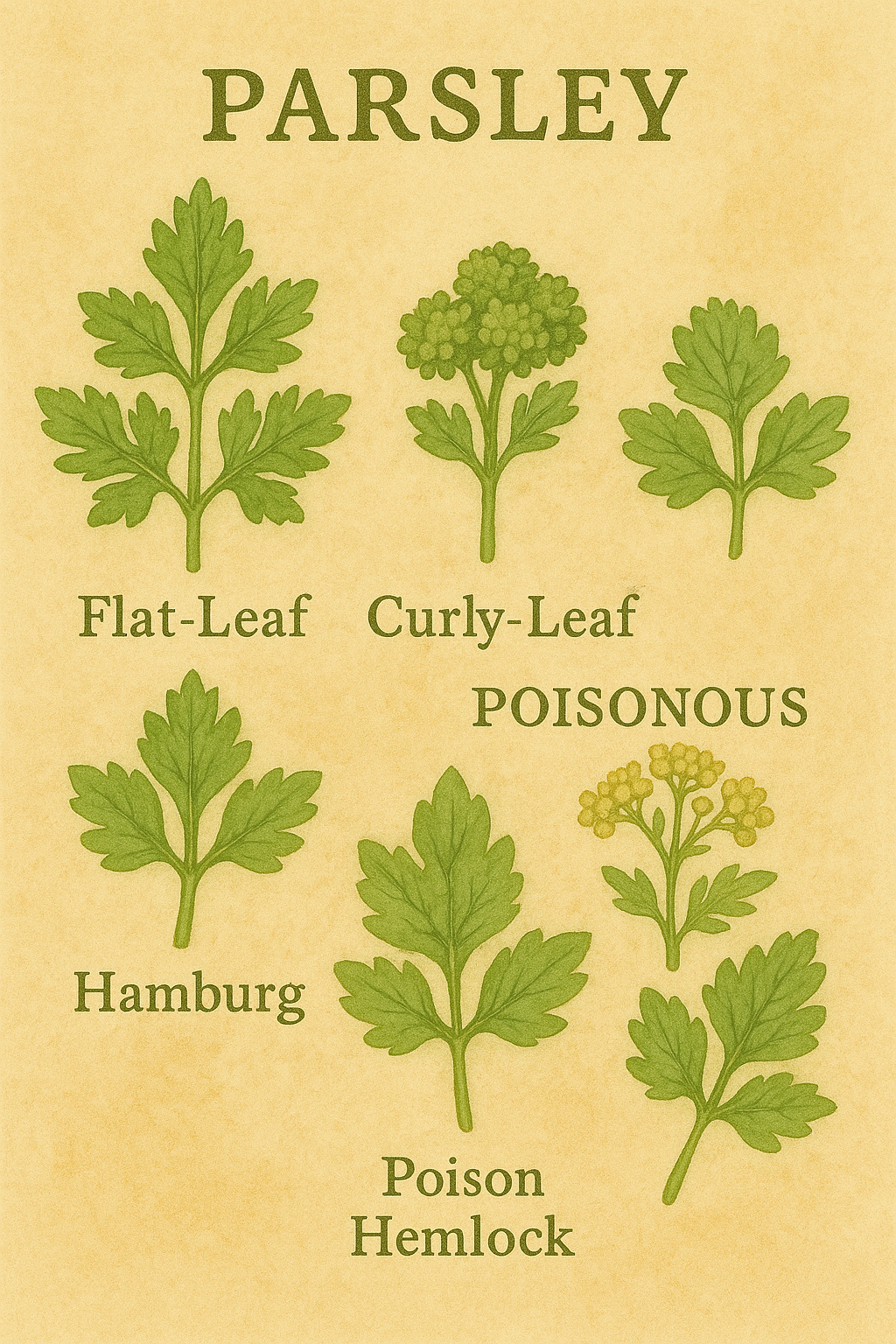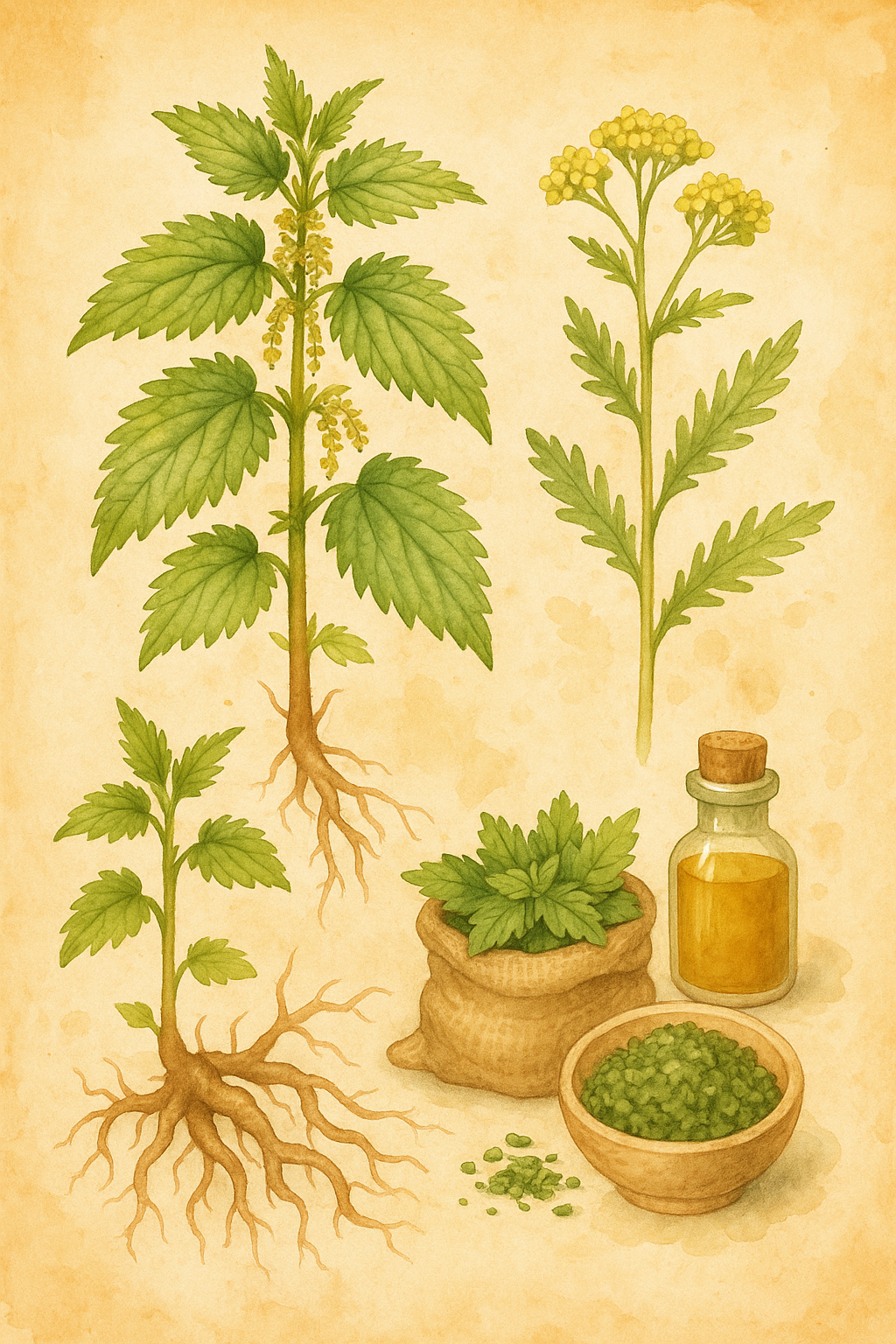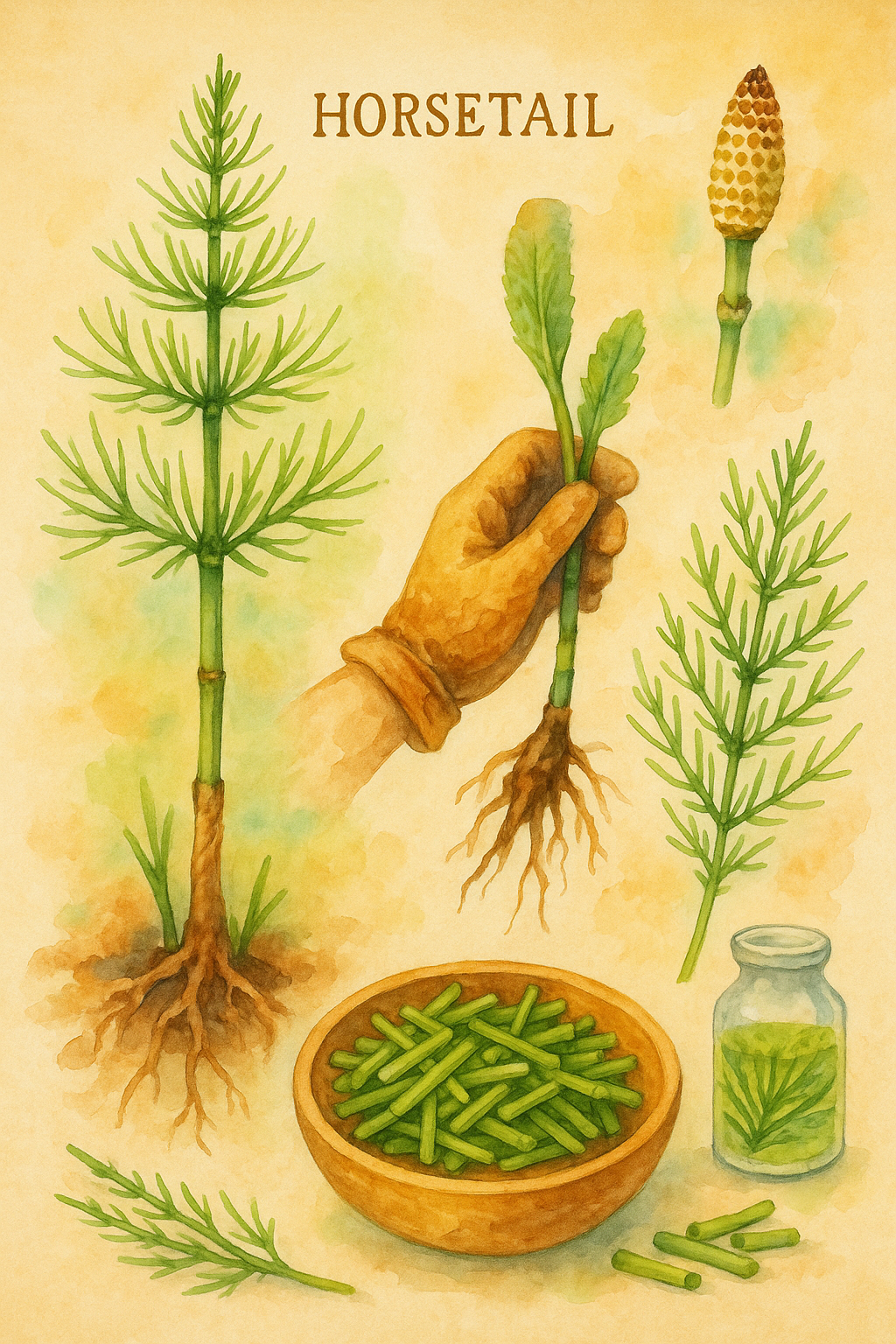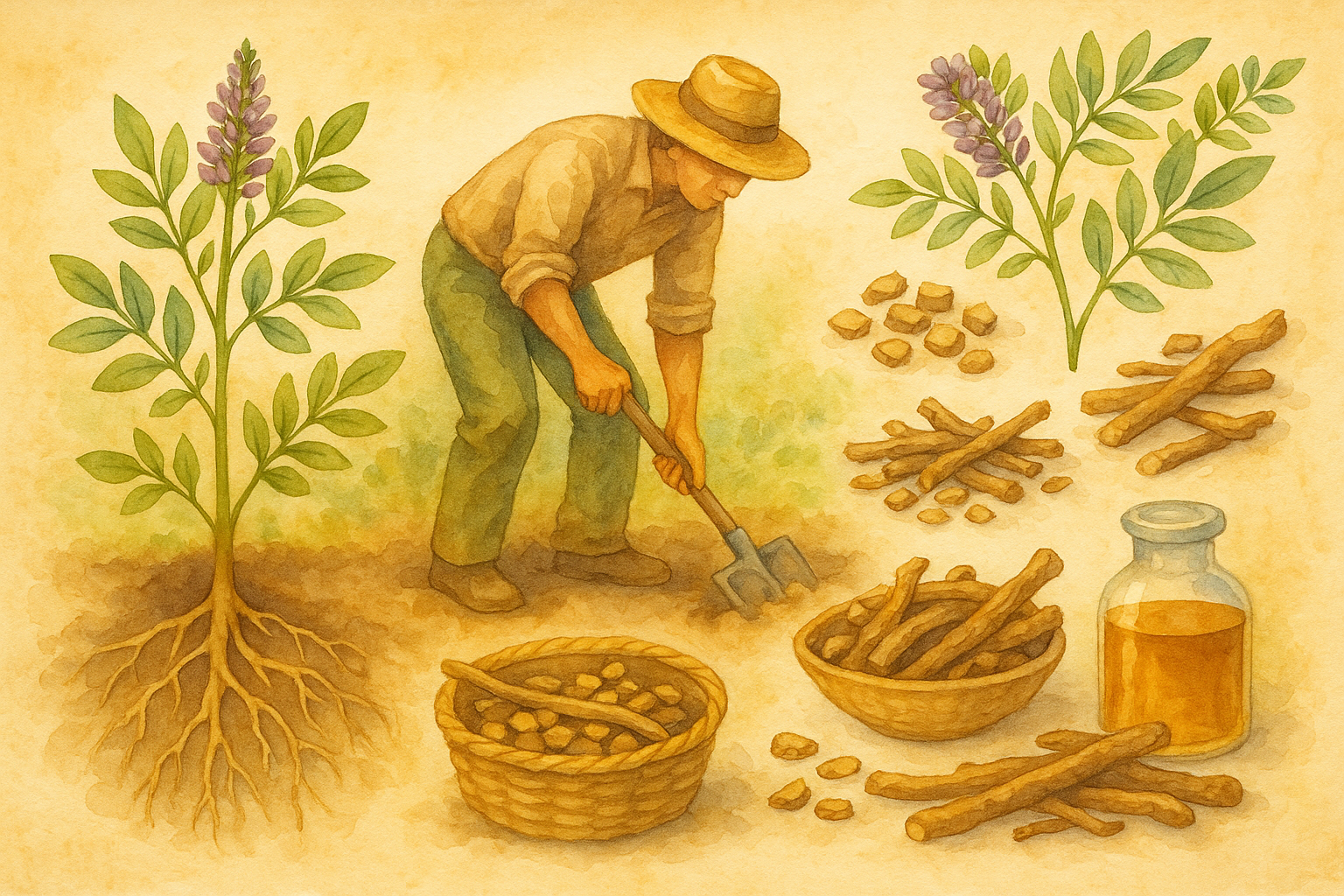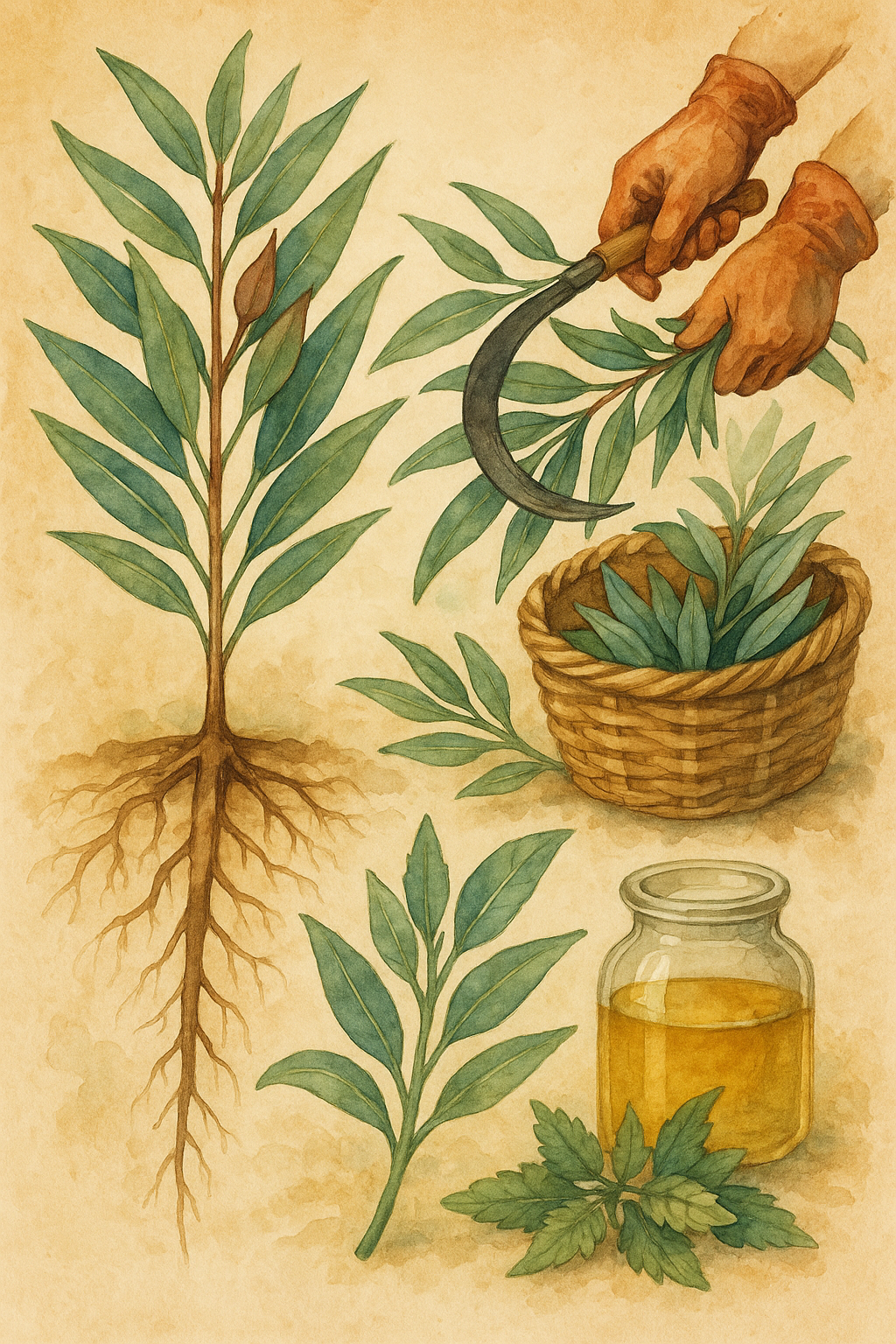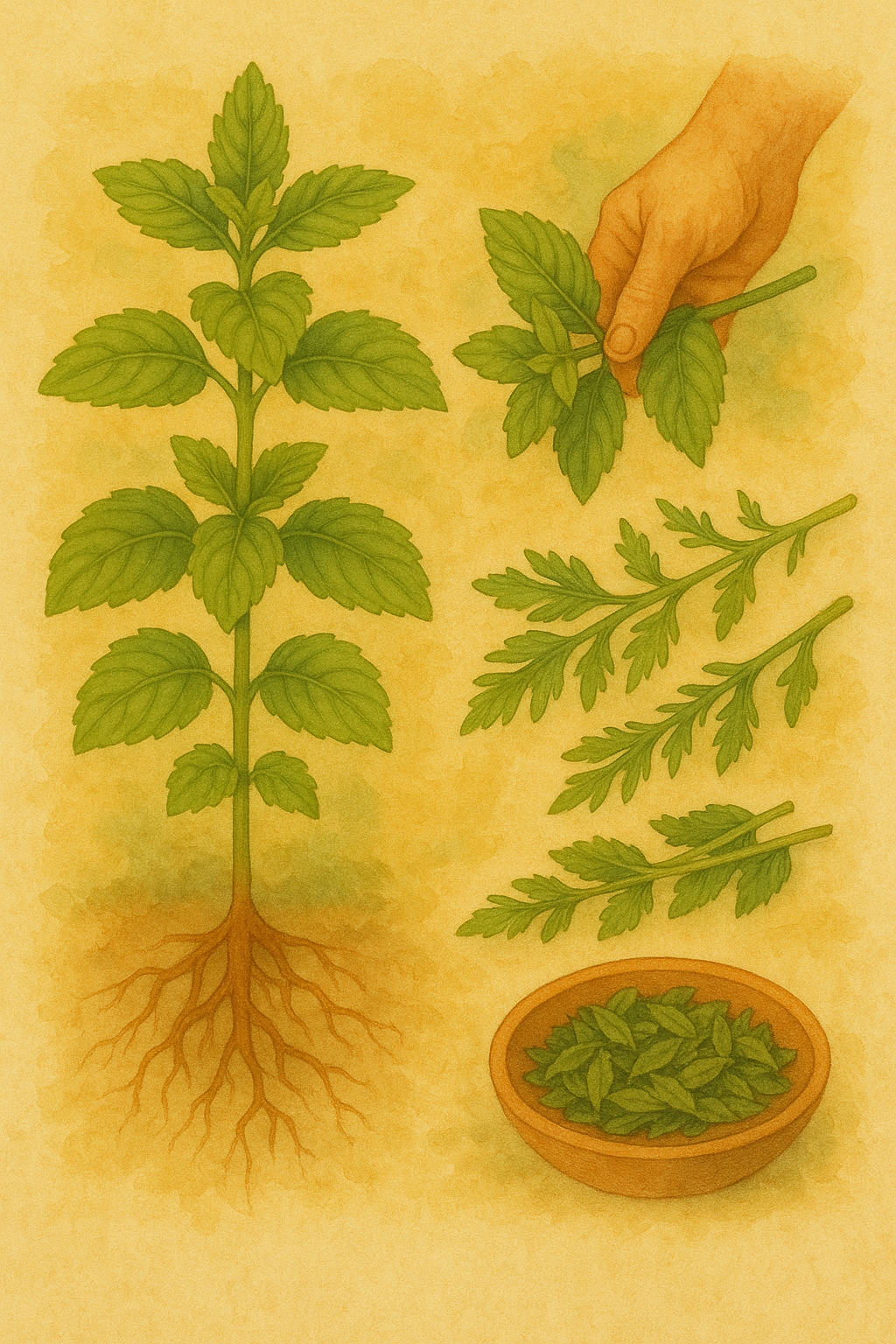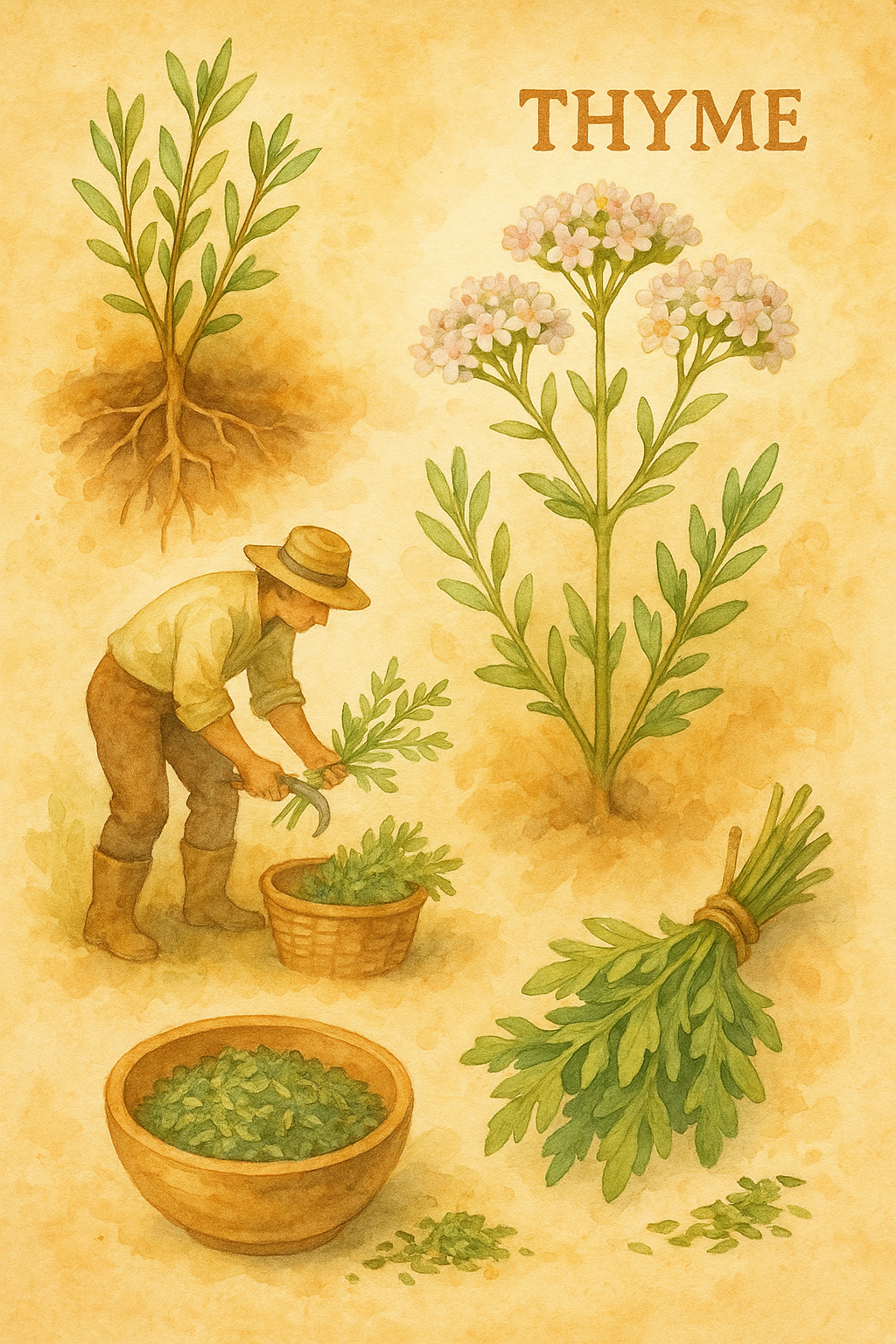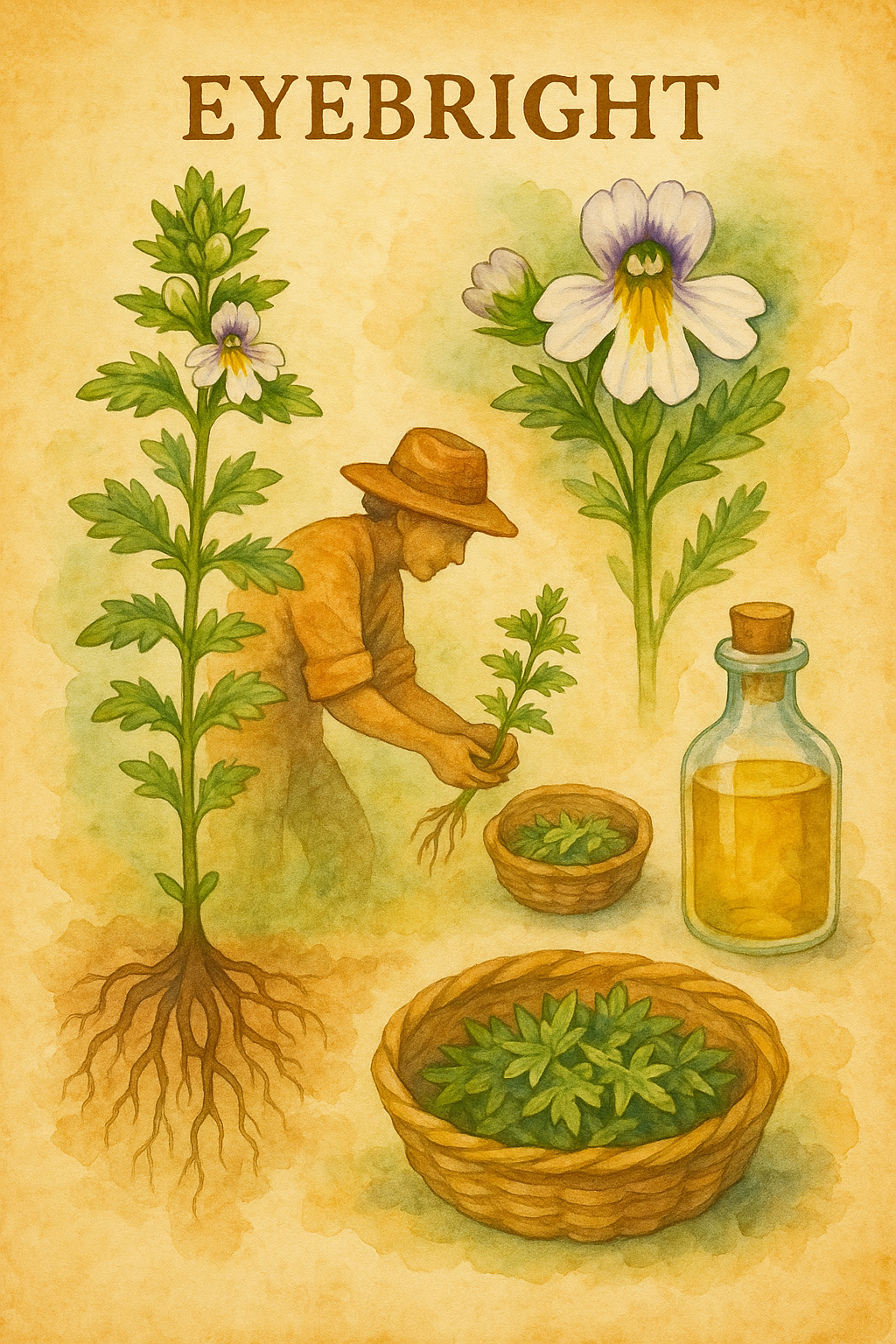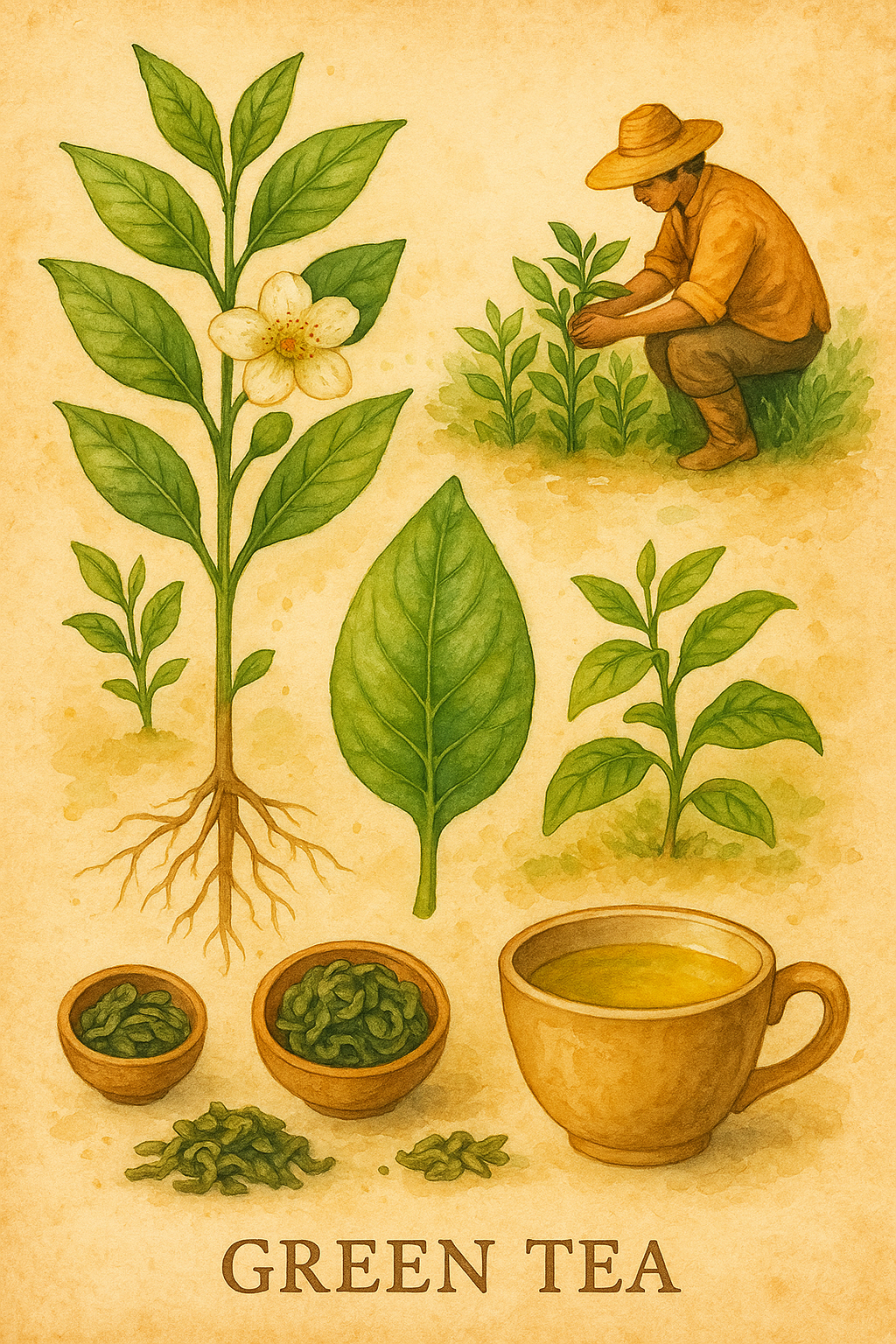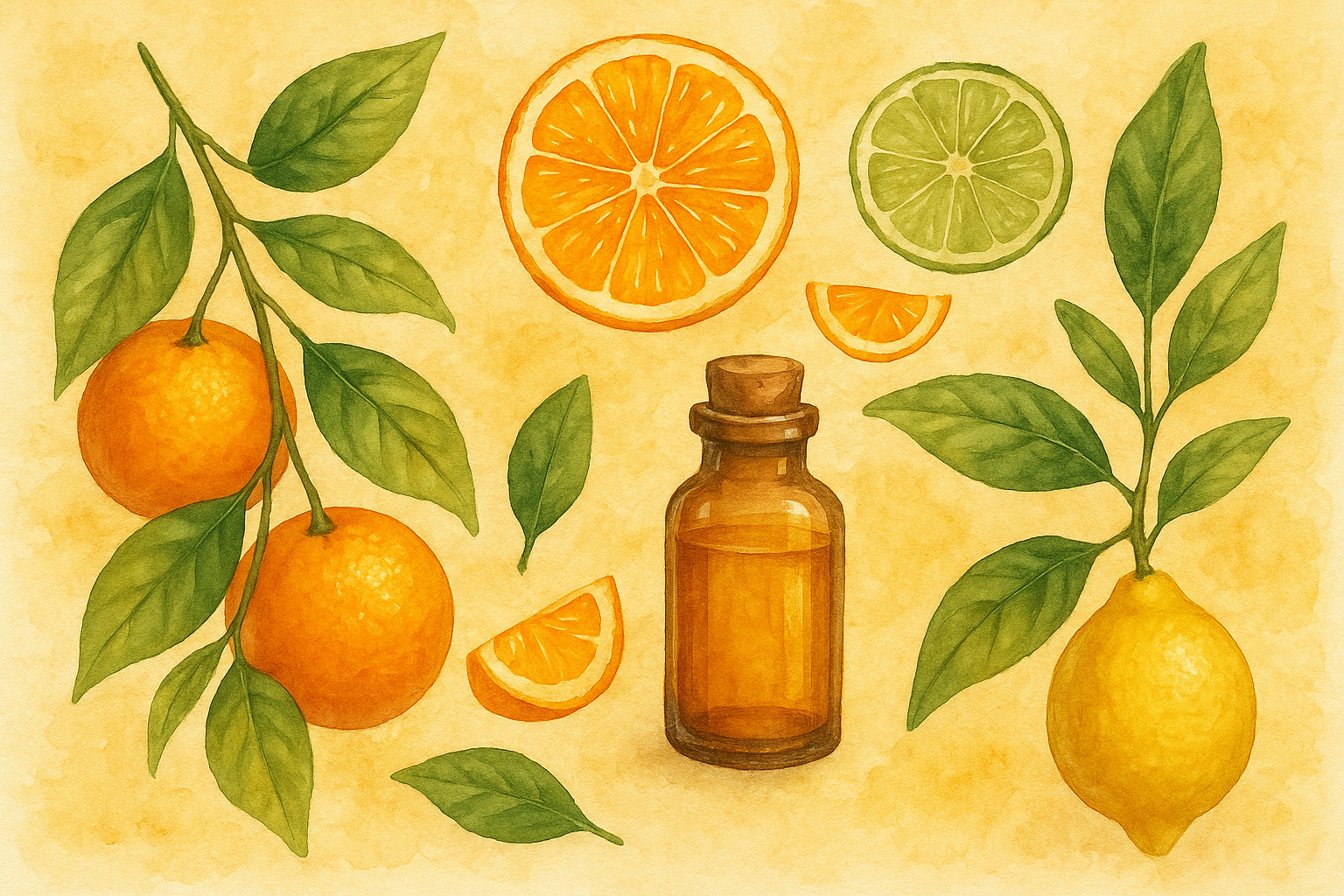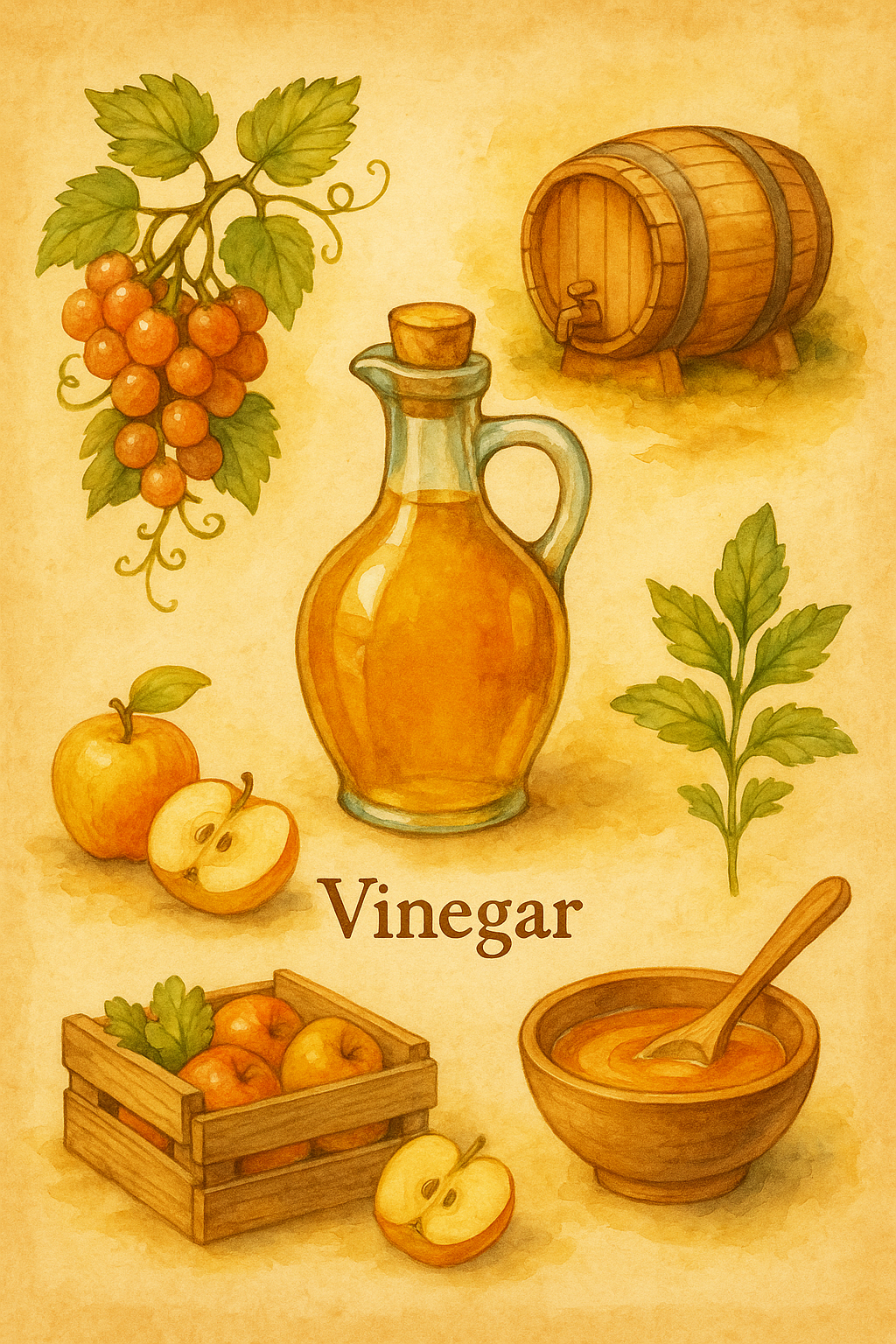Natural Remedy: Skin Abrasion Ointment



Ingredients:







- Dried Calendula flowers (½ cup)
- Dried Plantain leaves (½ cup)
- Dried Comfrey leaves (½ cup)
- Carrier oil (olive or coconut) – 1 cup
- Beeswax pastilles – 2 Tbsp
- Tea tree essential oil – 10 drops
- Vitamin E oil – 1 tsp (optional)
Preparation:
Combine herbs and carrier oil in a jar; infuse gently over low heat for 2 hours or in sunlight for 1–2 weeks. Strain and melt beeswax into the infused oil. Remove from heat, stir in tea tree and Vitamin E oils, then pour into jars to cool.
Usage:
Apply a thin layer to clean, dry abrasions 2–3 times daily. Cover with gauze if needed to protect.
Nutritional Value (Topical Use):
| Component | Benefit |
|---|---|
| Flavonoids | Anti-inflammatory |
| Allantoin | Promotes cell regeneration |
| Triterpenes | Antimicrobial |
| Vitamin E | Antioxidant, supports skin repair |
Toxicity Profile:
Generally safe. Patch test before first use. Avoid deeper wounds or infections; seek medical care if irritation occurs.
When to Use:
- Minor cuts, scrapes, and abrasions
- Redness or mild inflammation
- To soothe and protect healing skin
Dosage Based on Weight:
| Weight Range | Applications per Day |
|---|---|
| < 100 lbs | 1–2 times |
| 100–150 lbs | 2–3 times |
| > 150 lbs | 3 times |





